- Useful for more than its intended purpose
- Slightly wrinkled

8
·
Average

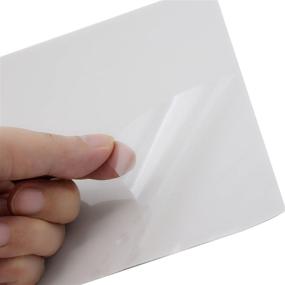
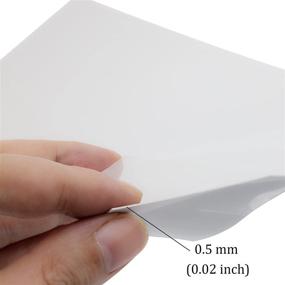
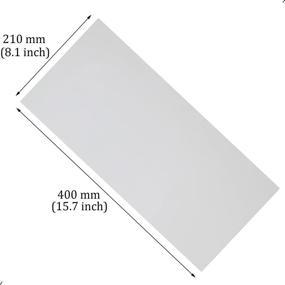

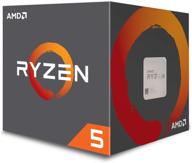
🔋 Power Up Your Gaming Rig with AMD Ryzen 5 2600 Processor with Wraith Stealth Cooler - YD2600BBAFBOX

116 Review
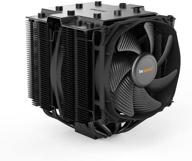
🌬️ Silent Cooling Power: Dark Rock Pro 4 CPU Cooler with 250W TDP, BK022

134 Review

AMD Phenom II X4 940 💻 Black Edition 3.0GHz AM2+ Processor - Retail

96 Review
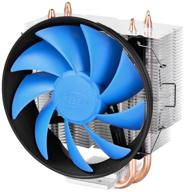
Deepcool GAMMAXX 300 CPU cooler, silver/black/blue

166 Review
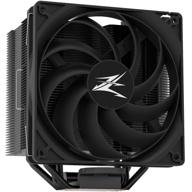
Zalman Performa Performance Powerful Included

172 Review

AMD Phenom II X4 940 💻 Black Edition 3.0GHz AM2+ Processor - Retail

96 Review
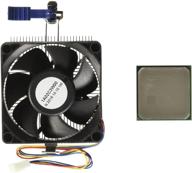
💪 AMD FD6300WMHKBOX FX-6300 Black Edition: 6-Core Processor with Unparalleled Performance

134 Review

Unleash High-Performance with AMD Ryzen 5 3600XT Processor & Wraith Spire Cooler

223 Review
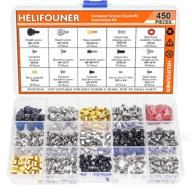
🖥️ Helifouner 450-Piece Computer Standoffs Spacer Screws Kit: Ideal for Hard Drive, Motherboard, Fan, Power Graphics & Computer Cases

10 Review
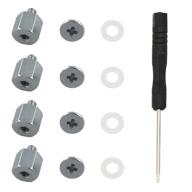
M.2 Screw Kit: Easy Mounting for NVMe SSDs on ASUS Motherboards

19 Review
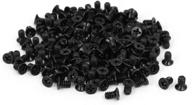
uxcell 3.5" HDD Screw Black 200pcs for Computer PC Case - Flat Phillips Head - 6#-32 - Hard Drive Fasteners

10 Review
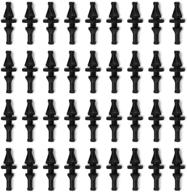
36-Pack Black Rubber PC CPU/Case Fan Screws/Rivets Set for Computer

11 Review